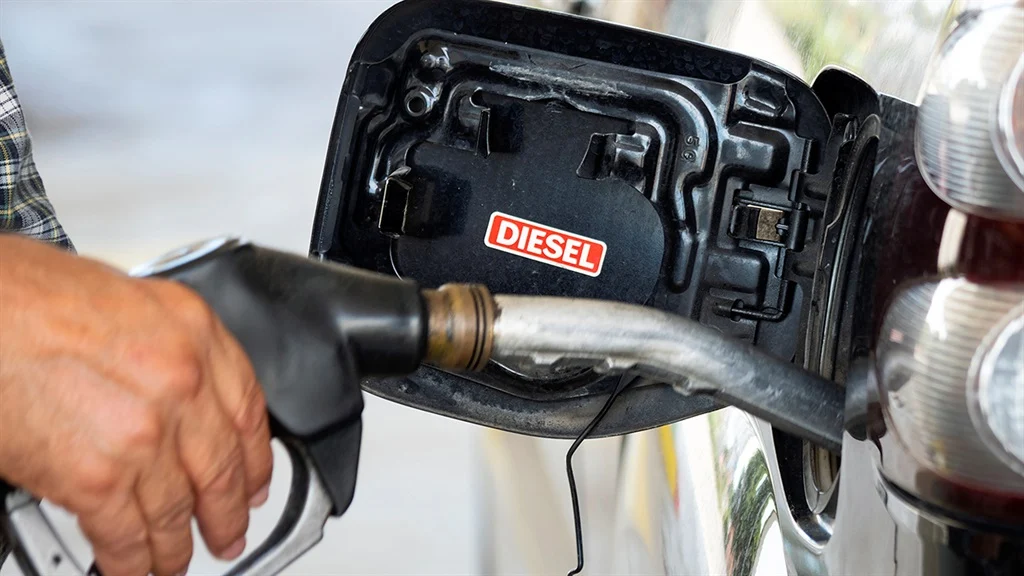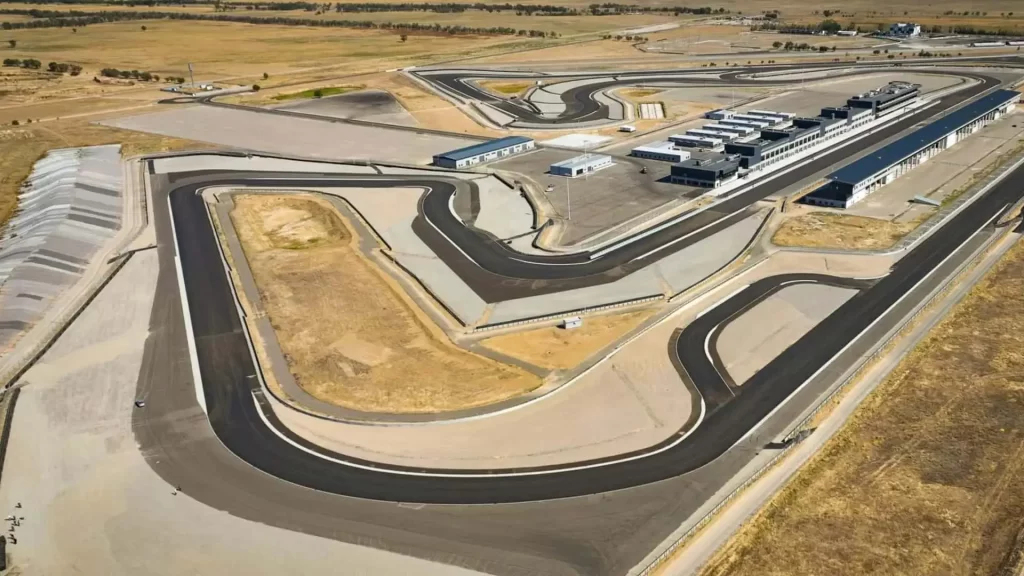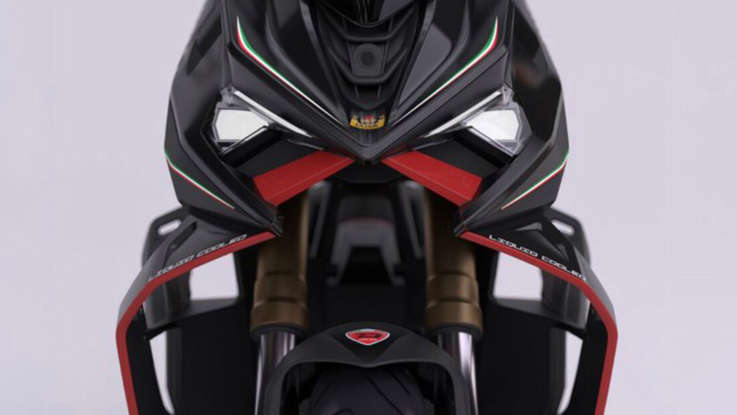Diesel sales at the border declined by 30 percent thus confirming the existence of diesel smuggling activities before the government announced the floating of diesel subsidy prices.
Finance Minister II, Datuk Seri Amir Hamzah Azizan said that the subsidy targeting measures that started on June 10 saw the total retail sales of diesel at petrol stations drop by almost eight million liters per day or 30 percent for the first week after the implementation of the diesel price reset, compared to the week before implementation.
“Furthermore, commercial diesel sales increased by four million liters per day, which indicates that some of the subsidized retail diesel consumption over the years has already been used by the industrial sector which should have bought diesel at the market price.
Commenting further, he said, the floating of diesel prices does not mean that the government will completely abolish the subsidy on the fuel since at the moment, the government is still subsidizing diesel up to RM10 billion, down from RM14 billion last year, thus witnessing a saving of RM4 billion a year.
“The government is able to achieve annual savings of RM4 billion. These savings can certainly be used to improve the quality of life of the people through the provision of quality public infrastructure as well as more comprehensive social protection,” he said.
He said, the country’s diesel subsidy expenditure increased 10-fold, from RM1.4 billion in 2019, to RM14.3 billion last year.
“The trend of increasing diesel subsidies can no longer be accommodated by the government continuously. The increase in subsidy spending is not only due to the increase in market prices, but also due to the increase in leakage of subsidized diesel.
“The amount of subsidized diesel used rose sharply by 80 percent from 6.1 billion liters in 2019 to 10.8 billion liters last year, although there was no significant increase in new diesel vehicles in the same period.
“At the same time, the total sales of non-subsidized commercial diesel fell by two billion liters during that period. The increase in the use of subsidized diesel is very significant due to the large price gap between the commercial price and the retail price of subsidized diesel at the Malaysian pump,” he said.
He said, Malaysia’s diesel retail price is much cheaper than neighboring countries, including Thailand around RM4.20, Indonesia around RM4.40 and Singapore almost reaching RM9 per liter allowing a number of local commercial sector businesses that should buy diesel at the market price to take advantage of enjoying and deviating subsidized diesel.
“For example, they buy subsidized diesel from gas stations and misuse it for gene sets in factories, construction sites or oil palm plantations.
“The more important issue is that due to our cheap diesel prices, it makes diesel smuggling activities to neighboring countries difficult to curb. This is what the Ministry of Domestic Trade and Cost of Living (KPDN) discovered during Op Tiris,” he said.







































































